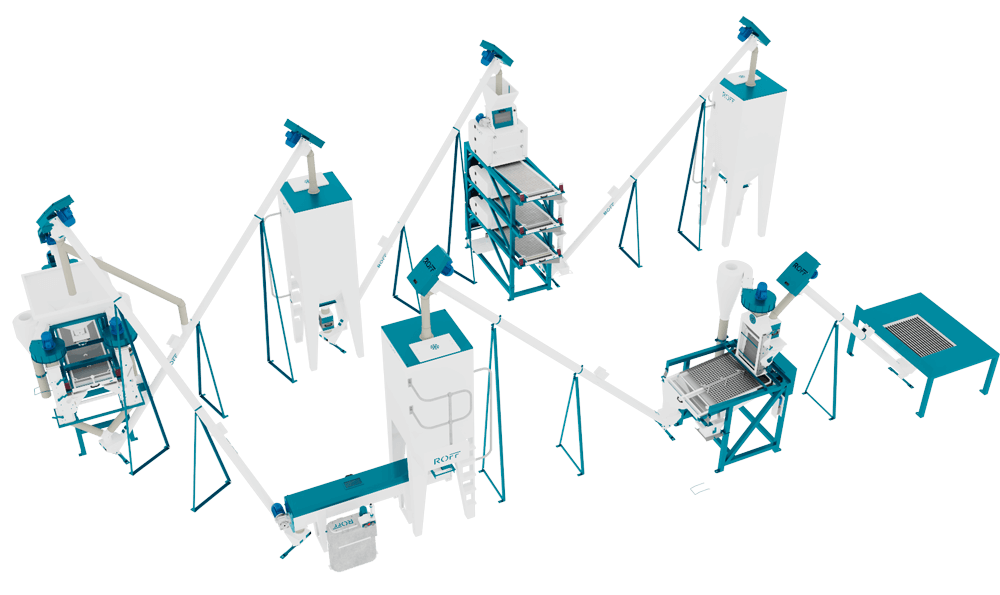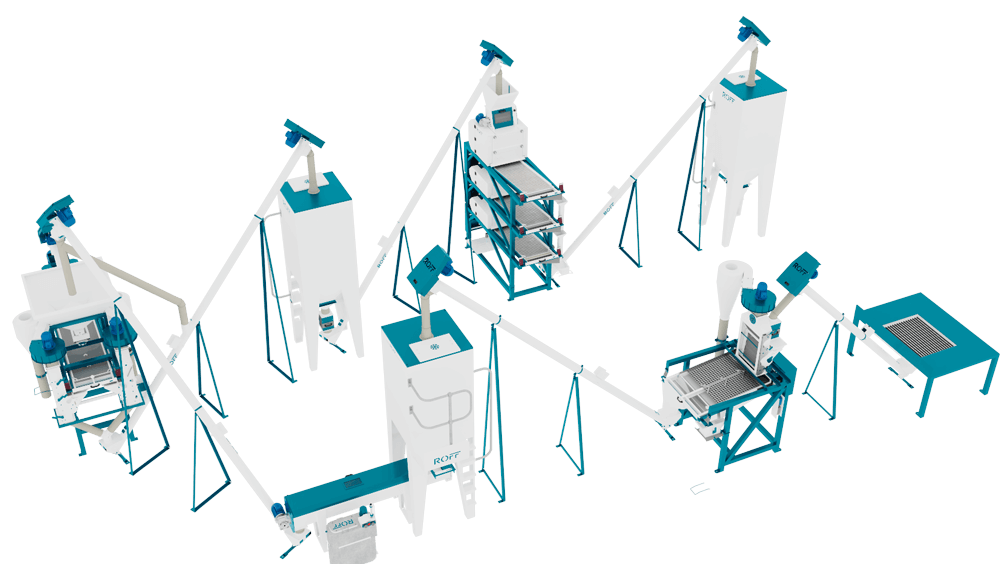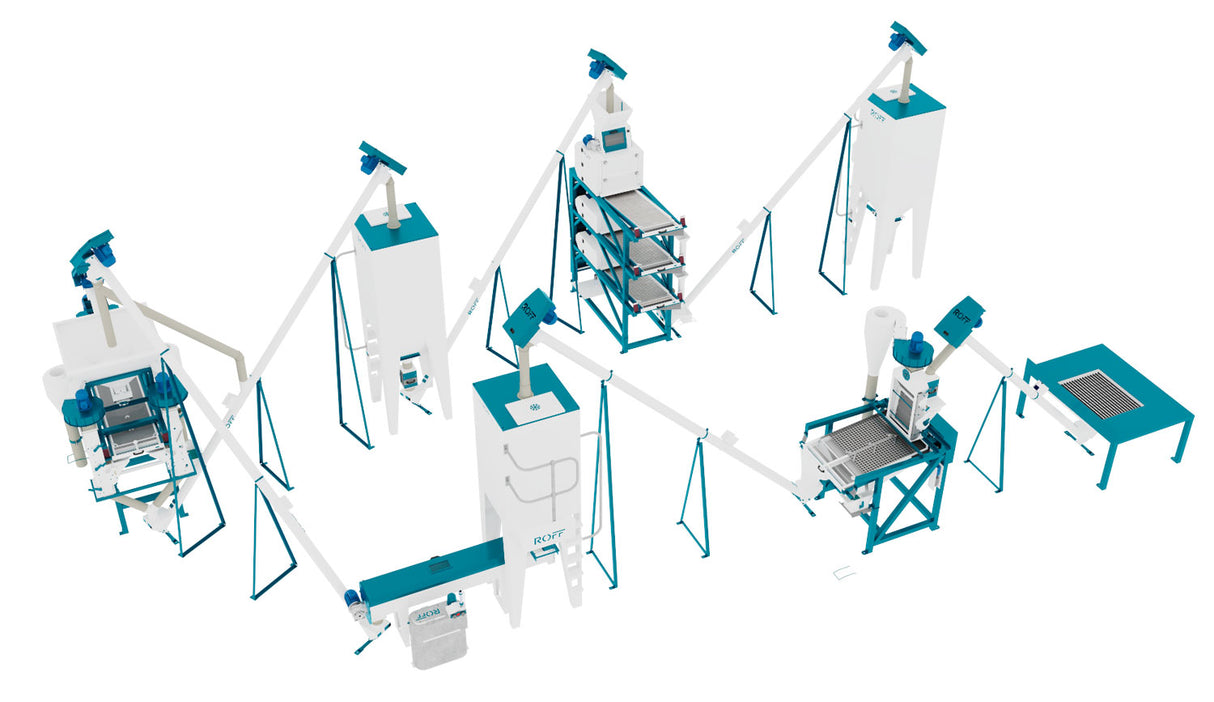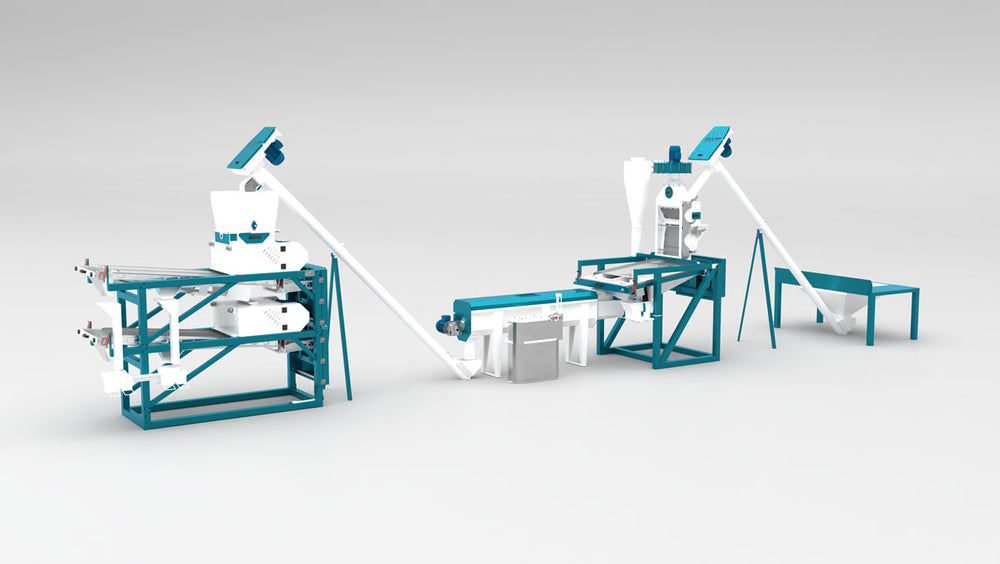You’re starting a new business and need a business plan. Or maybe you’ve been tasked to write a business plan for an already established business. Will this impact the structure and format of the business plan?
USE THE SAME FORMAT
The business plans for new and established businesses follow the same format (see Roff’s The African Entrepreneur’s Utimate Guide to Writing a Business Plan). The main difference is that a business plan for a new business will contain many assumptions based on the intentions for the new business. In contrast, a business plan for an existing business reflects information based on the actual business activity to date.
An example is the section on the market for the business’s products or services:
- A business plan for a new business should elaborate on the definition of the intended target market, and include arguments and data that support the choice of this particular target market.
- A business plan for an existing business on the other hand will outline the existing market for the business, and list data based on how this market has been served to date.
Both instances should include a forward-looking aspect when thinking about the market where growth forecasts are concerned.

CREDIBILITY IS KEY
Authenticity and credibility of information is key when it comes to a business plan:
- A new business plan needs to demonstrate the credibility of its contents, as the reader cannot judge the business on historic trade, but rather on the quality and depth of the assumptions and arguments on how the business plan will be implemented. Business plans for new businesses should contain as much information as possible to support any assumptions and contain arguments for which the reader can assess and understand the underlying logic of the writer.
- A business plan for an existing business will be more convincing if it contains actions, goals and objectives based on factual trade history and financial performance. This is most evident in the financial statements.

SUMMARY OF THE PRACTICAL DIFFERENCES BETWEEN BUSINESS PLANS FOR NEW AND ESTABLISHED BUSINESSES:
| New business | Established business | |
| Product and service | Need details on the reasoning behind the product choice, including estimated market size for the product, market uptake expectations and competitors. | Data on actual market share, customer reviews and performance against competitors. |
| Revenue model | Outline of the intended way in which the Management plans to generate revenues. This should include assumptions, information about the state of the industry and how others are generating revenues with similar products or services, and how the revenue model is expected to result in sustainability. | Financial statements that reflect the historic performance of the business’s revenue model and how that is projected to continue in the future. |
| Financial supporting documentation | Because the business has not been trading, outsiders (especially creditors) would need to see information regarding possible financial guarantee, as well as info on the financial standing of the owners/ shareholders/ management. The latter could include personal bank statements for the past three to twelve months. | The primary source of information regarding the financial standing of an existing business is the statements of account, preferably audited and published (the latter determined based on the type of company in question). |











1 comment
Definitely an interesting post!